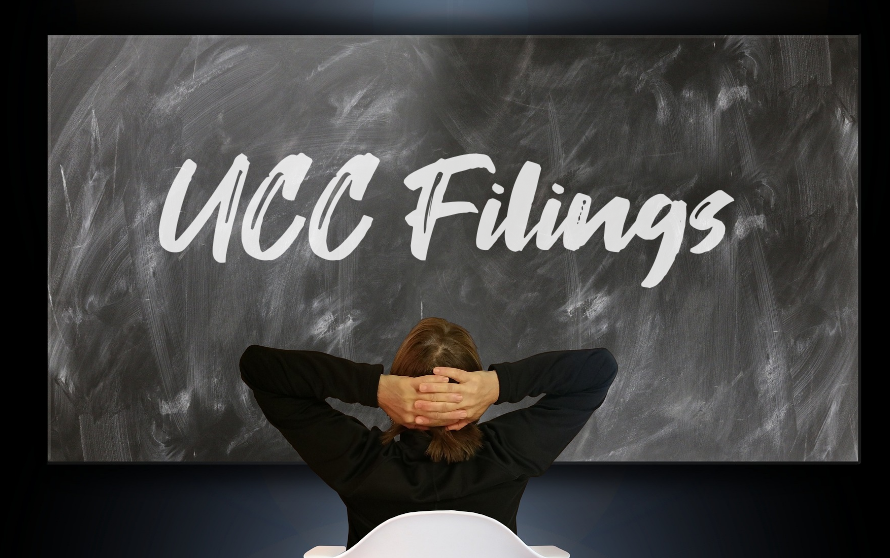
What Happens When a UCC-1 Collateral Description References the Security Agreement, but the Security Agreement Isn’t Attached?
What happens to a security interest when the collateral description within the Financing Statement says, “see attached Security Agreement,” but the Security Agreement isn’t filed with the Financing Statement? The security interest is unperfected.
Sound familiar? Perhaps because we just reviewed a case a few weeks ago with a similar fate. While these two cases are different, the underlying similarity is failing to include additional documentation with the Financing Statement.
The Case: 180 Equipment, LLC v First Midwest Bank
$7,600,000 = the total owed to the Secured Party, according to the Secured Party’s proof of claim.
180 Equipment, LLC (180 Equipment) obtained a loan from First Midwest Bank (Bank) and granted Bank a security interest in 26 specifically identified “categories of collateral, including accounts, chattel paper, equipment, general intangibles, goods, instruments and inventory and all proceeds and products thereof.” 180 Equipment does not own any real property, so Bank’s security interest essentially covered all assets.
In its Financing Statement, Bank identified the collateral as “All Collateral described in First Amended and Restated Security Agreement dated March 9, 2015 between Debtor and Secured Party.” However, Bank did not include the Security Agreement with the filing of its Financing Statement.
When 180 Equipment filed for bankruptcy protection, the trustee argued that Bank’s security interest was unperfected because it failed to sufficiently describe the collateral. “The trustee… contends that the mere reference to the collateral as being described in the amended security agreement does not suffice to indicate, describe or reasonably identify any collateral.”
Bank argued the filing of the Financing Statement was enough to put other creditors on notice. “…the purpose behind the filing of a financing statement is merely to provide notice to third-party creditors that property of the debtor may be subject to a prior security interest, and that further inquiry may be necessary to determine the identity of the collateral.”
The court’s decision? The court agreed with the trustee. Bank’s Financing Statement failed to sufficiently identify the collateral. Referring to the Financing Statement, the court states “Rather, it attempts to incorporate by reference the description of collateral set forth in a separate document, not attached to the financing statement. The financing statement, on its face, provides no information whatsoever, and therefore no notice to any third party, as to which of the Debtor’s assets First Midwest is claiming a lien on, which is the primary function of a financing statement.”
Could safe harbor have saved Bank’s security interest?
“In accordance with section 9-504(2), which permits the use of a supergeneric description in a financing statement, [Bank] could have perfected its security interest by indicating its collateral in the financing statement as “all assets” or “all personal property.” The Uniform Commercial Code Comment to section 9-504 refers to the supergeneric description alternative as a “safe harbor” that “expands the class of sufficient collateral references” in order to accommodate the common practice of debtors granting a security interest in all or substantially all of their assets.”
A Failed Financing Statement
Despite Bank’s persistent efforts to argue the perfection of its security interest, the court deemed the security interest unperfected for failure to comply with the provisions under Article 9. After all, how can other creditors determine whether collateral is already subject to security interest, if they don’t have access to a description of the collateral.
“A financing statement that fails to contain any description of collateral fails to give the particularized kind of notice that is required of the financing statement as the starting point for further inquiry.”
Bonus: Warning to Private Equity Companies?
In an article by Deborah Enea of Pepper Hamilton LLP, Enea notes that private equity companies should heed lessons from this case.
The case provides important guidance to private equity companies, including:
– If a private equity company invests in a target as a secured creditor, the private equity company should avoid ambiguous collateral descriptions in its UCC-1 financing statements.
– Collateral descriptions in UCC-1 financing statements should include super-generic descriptions (such as “all assets of the debtor”) while avoiding reference to definitions in an underlying agreement.
– If collateral descriptions in UCC-1 financing statements refer to definitions in an underlying agreement, the underlying agreement must be attached to the financing statement.






